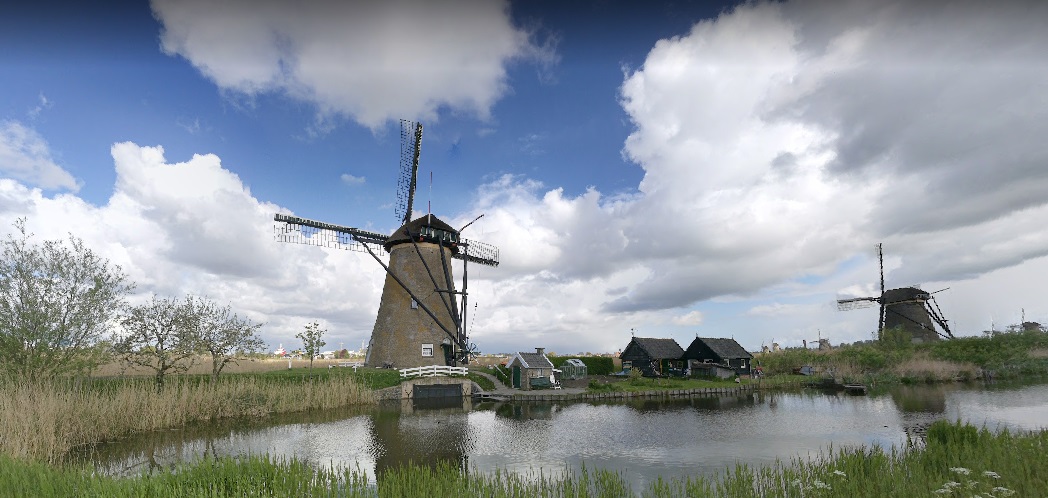Windmills are one of the symbols of Holland. They can often be found around a bend in the road, singly or in small groups. Or you can just come to the village of Kinderdijk, where on a relatively small area there is the largest concentration of ancient windmills in the Netherlands – 19 mills of the 18th century.
In 1997, the Kinderdijk windmill complex was declared a UNESCO World Heritage Site.
The village of Kinderdijk is located in the province of South Holland at the confluence of the Nord and Lek rivers, 15 km east of Rotterdam.
All around there are solid polders, that is, drained and cultivated areas of the coast, often swampy, protected from the sea by ramparts or dams. Not surprising for a country where half of the territory is below sea level and the highest point is 322 meters.
Windmills were built around 1740 to drain these very polders.
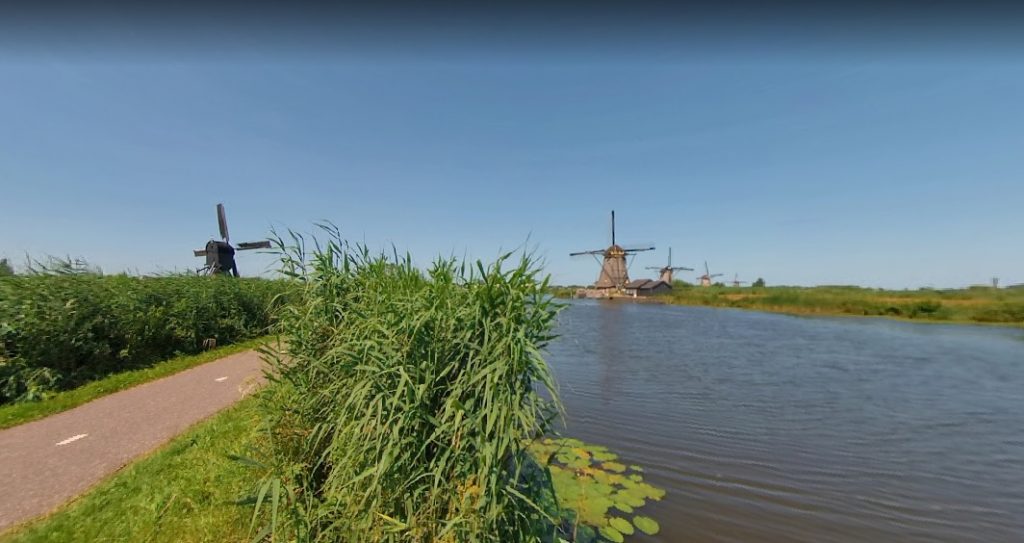
It must be said that the first polders appeared in the 13th century, and since then the Dutch have conquered vast territories from the sea, fencing them with the help of various hydraulic structures.
On the site of one drained bay, a new province was even formed – Flevoland.
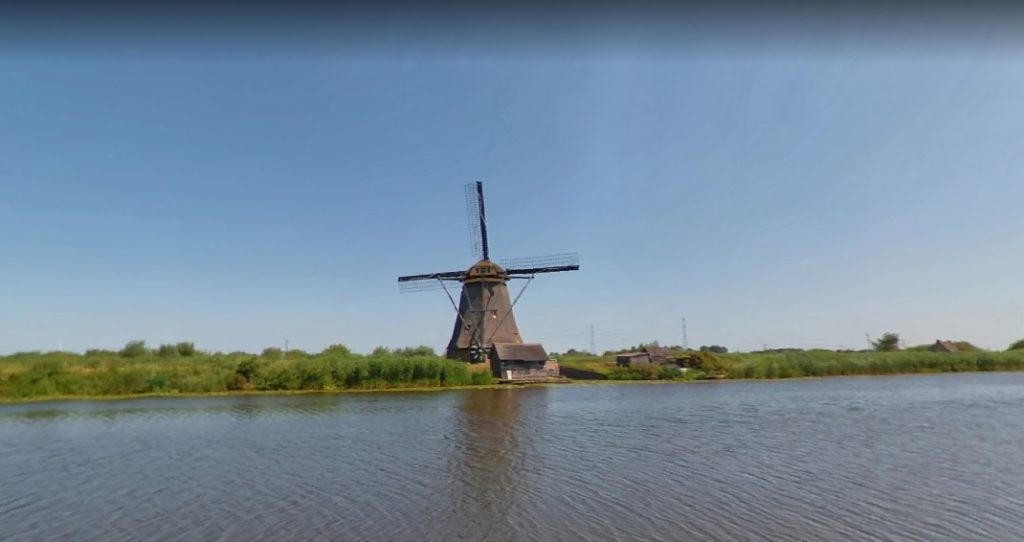
The name of the village Kinderdijk is translated from Dutch as “child’s dam”, as the following legend tells about.
The action takes place in 1421, on the day when one of the largest floods in the history of the Netherlands happened, later called the St. Elizabeth Flood.
About three hundred kilometers of densely populated area and almost a hundred settlements were under water as a result of a severe storm. It is said that when the storm subsided, people went to assess the damage from a natural disaster and saw a cradle floating on the water.
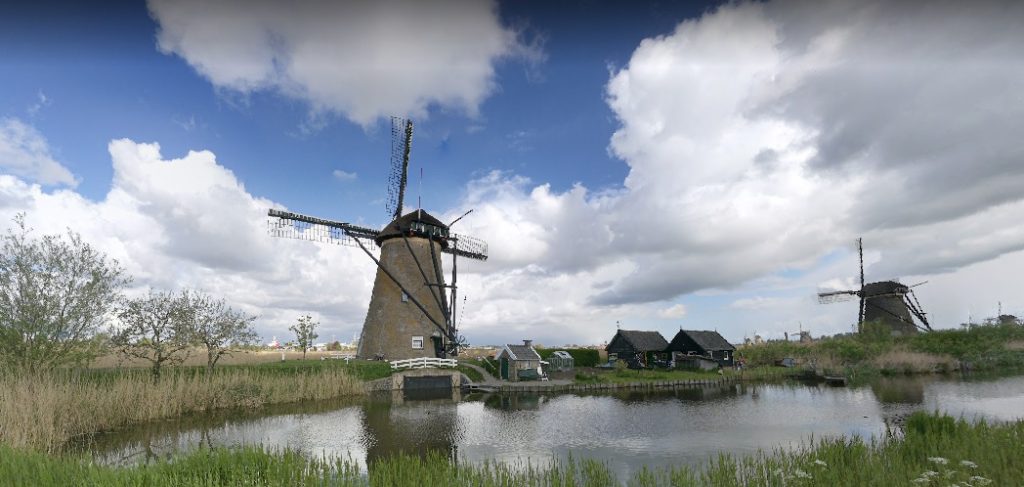
It would be foolish to count on the fact that someone managed to survive among the raging elements. Nevertheless, some movement was noticed in the cradle. It was a cat trying to keep balance on an unstable floating craft. And when the cradle was pulled out of the water, they found a whole and unharmed child. This is how the name was born.
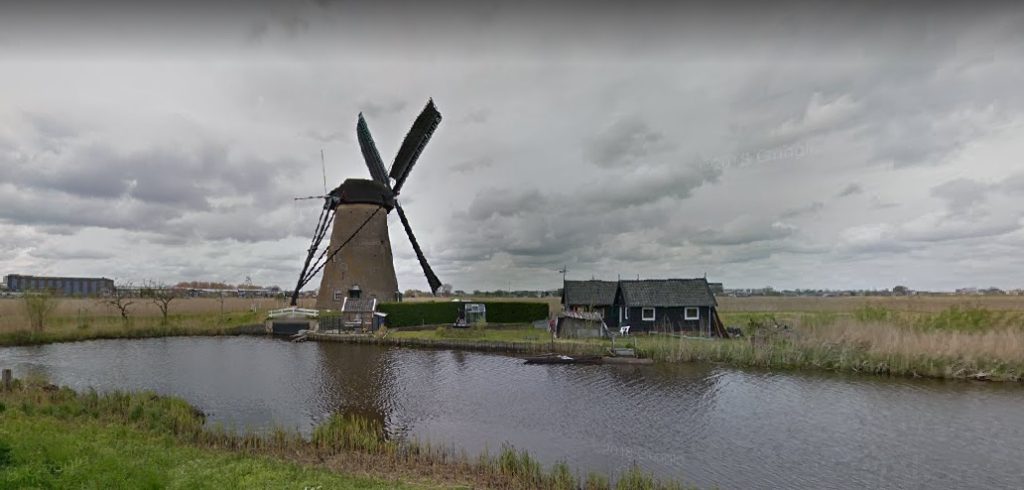
In 1869, the first steam pumping station appeared, and in 1927 – a diesel one, and the mills seemed to be out of work.
However, during the Second World War, the mills again served the country, as there was not enough fuel to operate the pumping station.
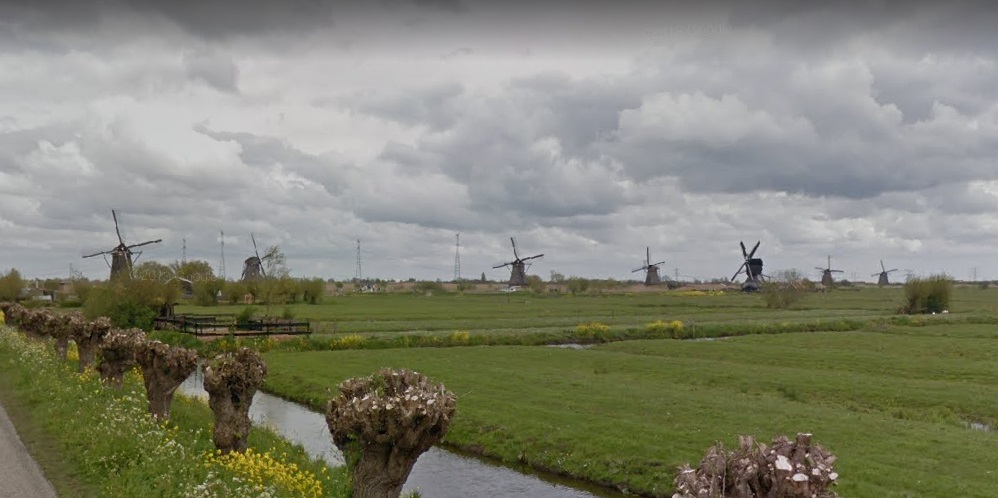
One of the mills, passing at number 2, is open to the public from April to October. The ticket price at the time of this writing is € 6 for an adult and € 4 for a child.
It is allowed to fish in the canal on which the mills are located.
In addition, on certain days after dusk, the mills turn on the illumination, reflecting in the waters of the canal.
You can get here by a rented car from Rotterdam https://luckycar.com/en/netherlands/rent-a-car-rotterdam-city
